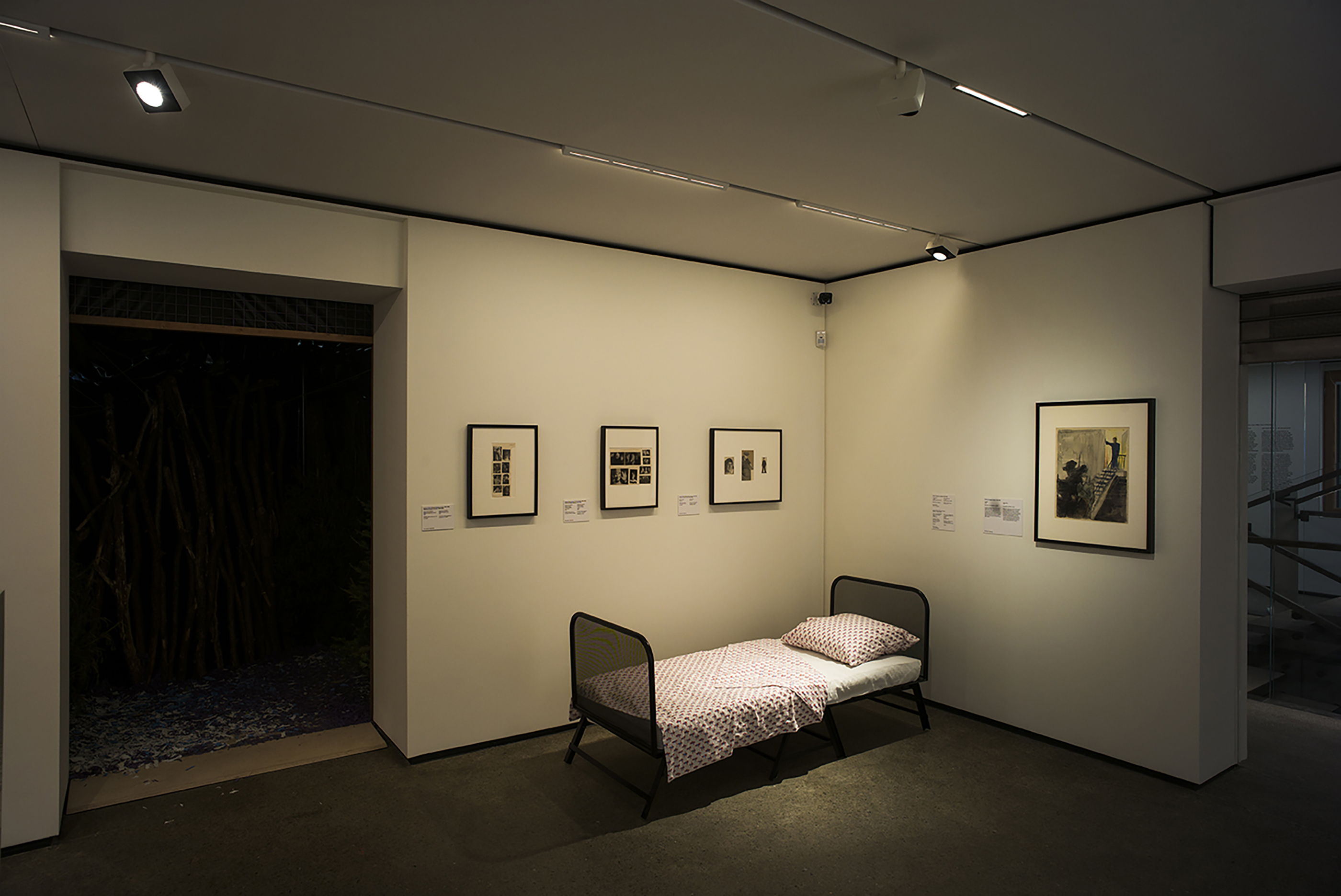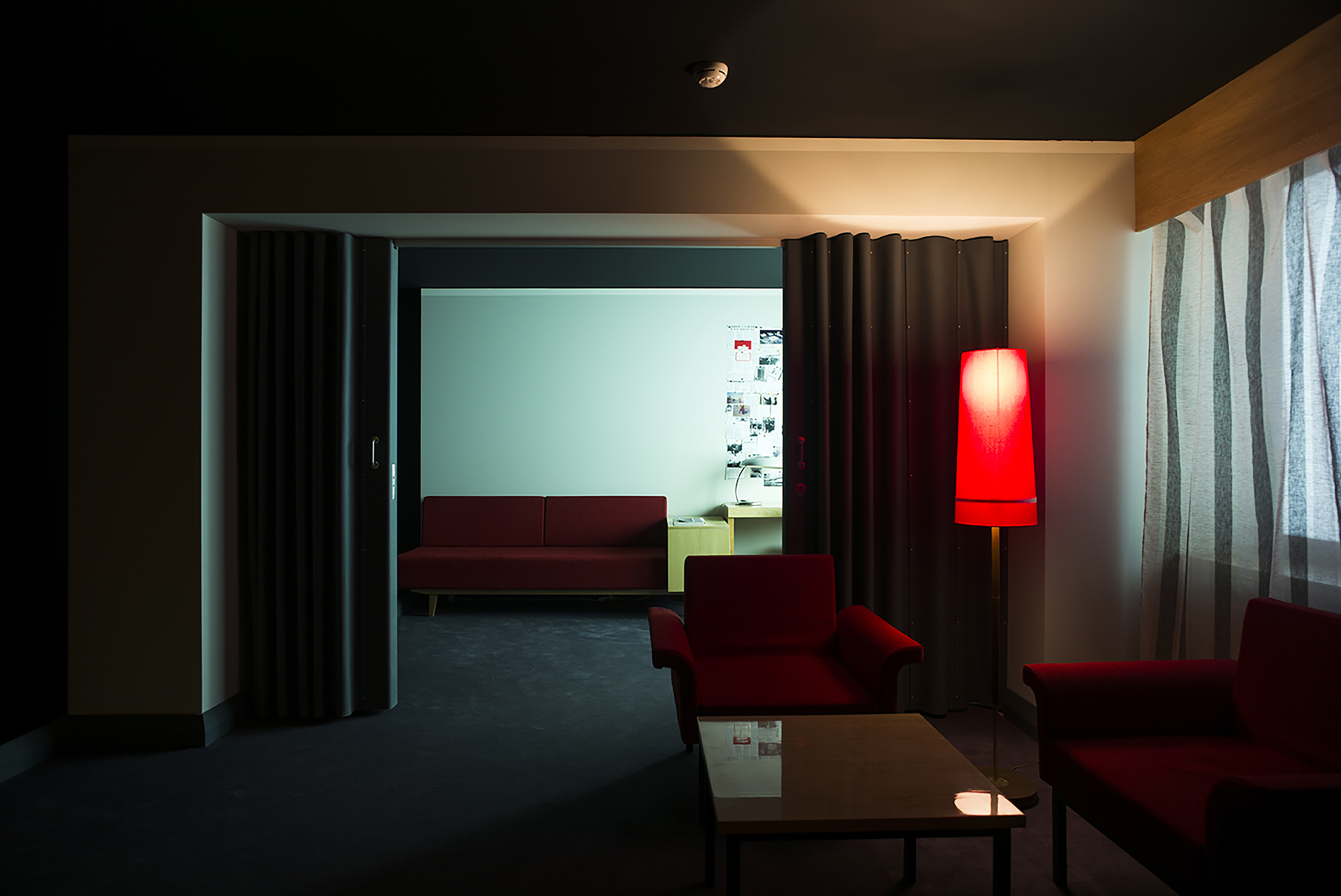space force construction. The exhibition
The exhibition in Palazzo delle Zattere examines the role of art and its relationship to society.

space force construction brings over 100 works from the 1920s and ‘30s by the key Soviet artists into dialogue with new site-specific commissions and recent works by contemporary artists. The latter include Cuban performance artist Tania Bruguera noted for her strong political messages; Mikhail Tolmachev, a young artist from Moscow who explores the subject of memory through photographic archive; renowned American artist Barbara Kruger, German photographer Wolfgang Tillmans and Russian multi-media artist Kirill Savchenkov, amongst many others.
Art’s relationship with society is usualy strengthened during periods of major social and historical transformation, as seen during the years of the Revolution. Artists of that time directly participated in the construction of new institutions and in the reorganisation of public and private space, recognising art’s potential to bring about social change. The exhibition considers how their ideas have been developed over the course of the twentieth century and what form they take today.
space force construction organises the entire Palazzo delle Zattere into thematic display spaces from the early Soviet period: factory, battleground, theatre, exhibition, press, school and the domestic environment.
Historical installations and objects have been reconstructed for the exhibition, restoring their intended purpose and function and in some cases creating structures that were never realised, existing only in rare photographs or designs — from El Lissitzky’s Dresden Room and Gustav Klutsis’ multimedia kiosk to Varvara Stepanova’s theatrical decorations and Aleksei Galaktionov’s furniture. Rather than simply reconstructing these works, contemporary artists play a key role in their revival and reinterpretation. Christian Nyampeta, together with philosophers from Rwanda and students from the Industrial Design Faculty at the University of Venice, develop a new artistic project inside Aleksandr Rodchenko’s Workers’ Club, aiming to start discussion and debate around contemporaneity.

The exposition includes key works from major international public and private collections, including an important photographic archive showing social gatherings in early soviet times, created by Irina Bibikova during the course of her research into the art of mass propaganda. In a newly commissioned installation, Irina Korina works with the forms and figures depicted, bringing the grotesque characters and figures from these street carnivals and demonstrations back to life. In a similar way, Chinese artist Cao Fei echoes this by placing Marx, Mao and Lenin together in the online virtual world Second Life, where they live a utopian existence in the contemporary sense of the word.
space force construction is curated by Matthew Witkovsky, Richard and Ellen Sandor Chair and Curator of the Department of Photography (Art Institute of Chicago) and the
The Art Institute of Chicago has published a richly illustrated, scholarly catalogue to coincide with the Venice exhibition. An entirely historical version of the joint undertaking, called Revoliutsiia! Demonstratsiia! Soviet Art Put to the Test. A major lender is the Ne Boltai! Collection, who have enriched the exhibitions in Venice and Chicago with many key works relating to the early Soviet era.
Participating contemporary artists
Tania Bruguera, Cao Fei, Abraham Cruzvillegas, Melvin Edwards, Yevgeniy Fiks, Kirill Gluschenko, David Goldblatt, Pablo Helguera, Olga Jitlina, Janice Kerbel, Irina Korina, Barbara Kruger, Taus Makhacheva, DJ Spooky aka Paul D. Miller, David Musgrave, Christian Nyampeta, Florian Pumhösl, Sergey Sapozhnikov, Kirill Savchenkov, Mikhail Tolmachev, Wolfgang Tillmans and Dmitry Volkostrelov
Cultural production is one of the fundamental aims of
V–A–C , and nearly all of the contemporary artists in the exhibition have produced new site-specific works. Each new piece, we believe, offers the potential for a new interpretation and renewed reflection on the current global condition. And when these reflections come to life in the shared space of a show like space force construction, they inevitably start a new conversation. In trying to find new answers to the problems posed by our contemporaneity, we create spaces where people are free and motivated to engage with an art that makes them feel part of the discussion. With this show, as always, we hope to demonstrate that the social spirit of art is still alive and that the engines of its motor for change are running at full speed.